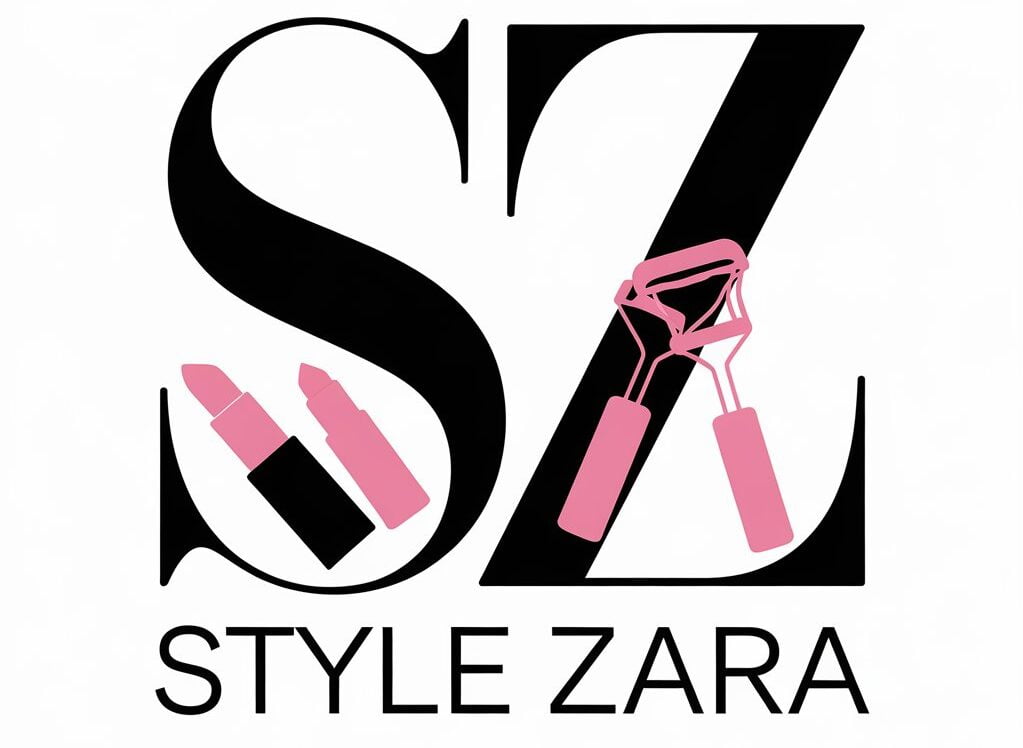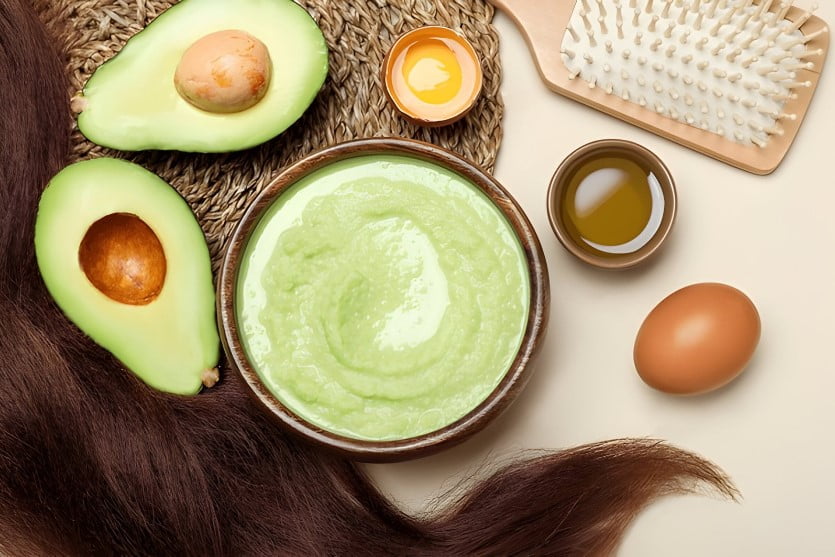DIY Hair Masks for Damaged Hair
Our hair often bears the brunt of environmental pollutants, excessive styling, and harsh chemical treatments, leading to dullness, dryness, and breakage. Repairing damaged hair doesn’t necessarily require expensive salon treatments. With natural hair care solutions, you can nourish your hair at home using simple ingredients available in your pantry. Here’s a guide on creating effective DIY hair masks to revitalize damaged hair and support natural hair growth, whether you have short hair or long hair.
Key Takeaways
- Natural ingredients can provide effective treatment for damaged hair.
- DIY hair masks restore moisture, shine, and elasticity to hair.
- Using weekly treatments can significantly improve hair health.
- Different ingredients benefit specific hair types and concerns.
- DIY masks are cost-effective and avoid harsh chemicals.
1. Why DIY Hair Masks Work for Damaged Hair
Damaged hair requires deep nourishment and hydration, which many natural ingredients can provide. DIY hair masks often contain rich oils, proteins, and antioxidants, which help repair and rejuvenate the hair. Unlike commercial products, DIY masks contain no harsh additives, promoting healthier hair and longer-lasting results.
2. Ingredients to Look for in Natural Hair Masks
Certain ingredients have unique properties that make them effective for damaged hair:
- Coconut Oil: Rich in fatty acids that penetrate hair shafts, improving hydration and reducing protein loss.
- Avocado: Packed with vitamins A, D, E, and B6, promoting scalp health and enhancing hair elasticity.
- Honey: A humectant that draws moisture into the hair, adding softness and shine.
- Eggs: High in protein, which strengthens hair structure and helps repair damage.
- Banana: Rich in silica, it smooths hair and boosts shine, making it ideal for frizzy hair.
3. DIY Hair Mask for Intense Hydration
Ingredients:
- 2 tablespoons of coconut oil
- 1 tablespoon of honey
- 1 egg yolk
Mix these ingredients until smooth. Apply the mask from the roots to the ends, focusing on the dry areas. Leave it on for 20 minutes, then rinse with lukewarm water. This mask provides intense hydration and is perfect for dry, damaged hair.
4. Strengthening Mask for Hair Growth

Ingredients:
- 1 ripe banana
- 1 tablespoon of olive oil
- 1 teaspoon of castor oil
Mash the banana and mix in the oils until smooth. Apply the mixture, massage into the scalp, and cover with a shower cap. Leave on for 30 minutes before rinsing. This mask promotes hair growth and strengthens brittle hair, whether you have short hair or long hair.
5. Repairing Mask for Split Ends
Split ends can lead to overall hair damage if not treated. This mask helps prevent further splitting.
Ingredients:
- 2 tablespoons of yogurt
- 1 tablespoon of avocado
- 1 teaspoon of honey
Blend these ingredients, focusing on your ends. Leave it on for 15–20 minutes. The yogurt’s protein content helps repair hair fibers, while avocado and honey moisturize and soften.
6. Table: DIY Hair Mask Recipes for Damaged Hair
| Mask Type | Key Ingredients | Benefits | Application Time |
|---|---|---|---|
| Intense Hydration | Coconut oil, honey, egg yolk | Deep moisturization and shine | 20 minutes |
| Strengthening for Growth | Banana, olive oil, castor oil | Promotes growth and strengthens | 30 minutes |
| Repairing for Split Ends | Yogurt, avocado, honey | Repairs split ends, adds softness | 15–20 minutes |
| Frizz Control | Aloe vera, argan oil | Smooths hair and reduces frizz | 30 minutes |
| Scalp Rejuvenation | Oatmeal, almond milk, honey | Soothes scalp, nourishes roots | 15 minutes |
7. Frizz Control Mask for Smoother Hair
Ingredients:
- 2 tablespoons of aloe vera gel
- 1 teaspoon of argan oil
- A few drops of lavender essential oil
Mix the ingredients thoroughly and apply to damp hair. Leave it on for 30 minutes and rinse. Aloe vera contains enzymes that promote hair growth while taming frizz, making it ideal for both short hair and long hair.
8. Scalp-Rejuvenating Mask
A healthy scalp is essential for natural hair care and hair growth. This mask helps soothe and hydrate the scalp, preventing flakiness.
Ingredients:
- 1 tablespoon of oatmeal (finely ground)
- 2 tablespoons of almond milk
- 1 teaspoon of honey
Blend the ingredients into a smooth paste. Apply it directly to your scalp, massaging gently. Leave on for 15 minutes before rinsing. This mask relieves scalp irritation, making it suitable for sensitive scalps.
9. Tips for Applying DIY Hair Masks

Applying DIY hair masks correctly can improve their effectiveness:
- Dampen Hair: Masks absorb better on slightly damp hair.
- Focus on Problem Areas: Concentrate on the ends for dryness or on the scalp if aiming to boost hair growth.
- Use Heat: Wrapping your hair in a warm towel can help ingredients penetrate deeper.
10. Frequency of DIY Mask Application
Consistency is key for natural hair care routines. For severely damaged hair, apply a mask once a week. For maintenance, every two weeks should suffice. Overuse may lead to buildup, so avoid masking more than recommended.
FAQs
Q1: Can I store leftover DIY hair masks?
While fresh masks are best, you can store leftovers in an airtight container in the refrigerator for up to 48 hours.
Q2: Do DIY hair masks work for all hair types?
Yes, but tailor ingredients to your hair type. For example, lighter oils like almond work well for fine hair, while heavier oils like coconut suit thick hair.
Q3: How do I know which mask is right for me?
Identify your main concern—dryness, frizz, or damage. Choose ingredients accordingly, like aloe for frizz or egg yolk for protein.
Q4: Are there any side effects to using natural ingredients?
Most people tolerate natural ingredients well, but always do a patch test if you have sensitive skin or scalp conditions.
Q5: Can these masks replace conditioner?
These masks are deep treatments and should complement, not replace, your regular conditioner for best results.
DIY hair masks offer an affordable and effective way to restore damaged hair. With natural, wholesome ingredients, these masks can bring strength, shine, and softness back to your hair. Start incorporating these treatments into your routine, and enjoy the benefits of healthier, more resilient hair.

